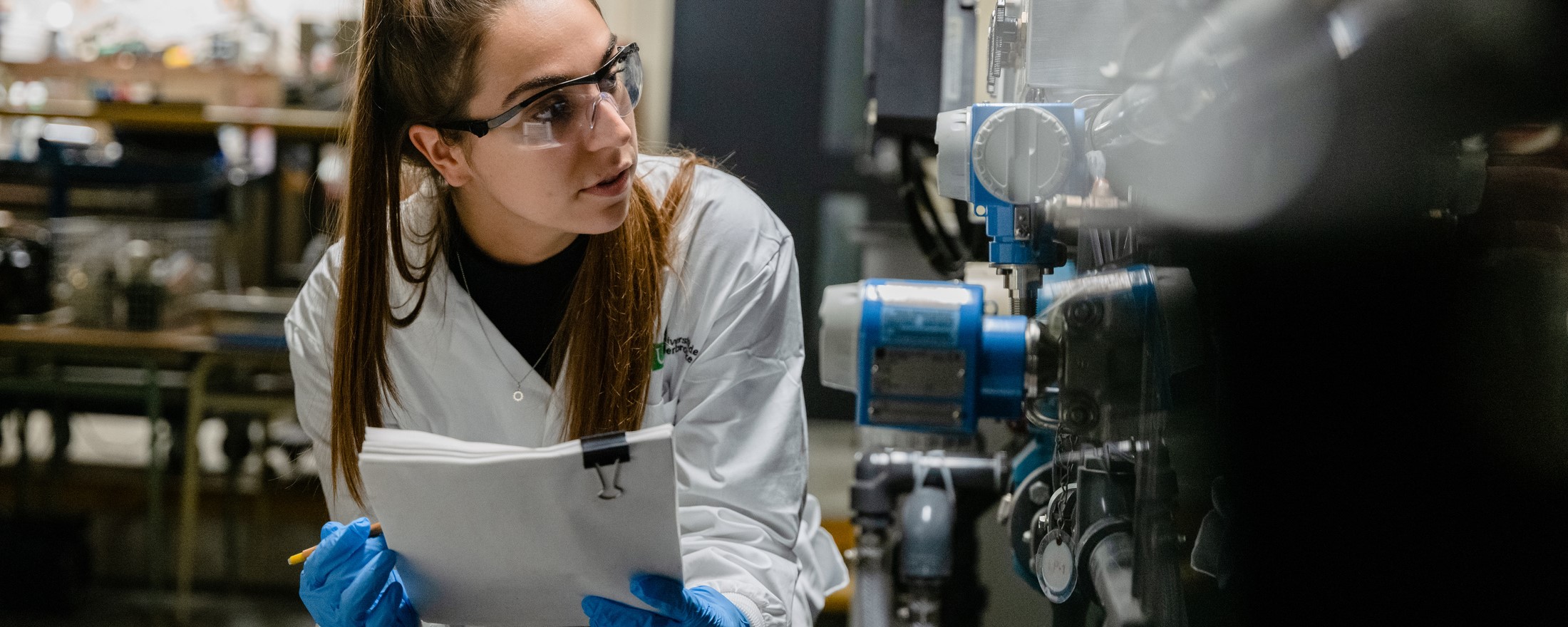Contribution of alternative splicing to neurofibromagenesis
Overview
- RESEARCH DIRECTION
- Jean-Philippe Brosseau, Professeur - Department of Biochemistry and functional genomics
- ADMINISTRATIVE UNIT(S)
- Faculté de médecine et des sciences de la santé
- LEVEL(S)
-
2e cycle
3e cycle
Stage postdoctoral - LOCATION(S)
- Campus de la santé
Project Description
Neurofibromatosis type I is a rare genetic neurocutaneous disease predisposing patients to develop benign tumors with a penetrance of 99%. It is caused by a loss of function of the NF1 gene. Although benign, these tumors arising from Schwann cells can be disfiguring, impair movement, and be painful/itchy. There is an urgent need to address this unmet clinical need. Our preliminary results indicate that alternative splicing, a powerful mechanism that expands proteome diversity by allowing transcription of multiple messenger RNAs from a single gene, is altered in the neurofibroma microenvironment. Additionally, NF1-/- tumor cell culture supernatant modulates the cell splicing profile of the microenvironment. Altogether, it suggests a new paracrine regulatory program potentially revealing new therapeutic targets to be characterized in vitro and in vivo
Discipline(s) by sector
Sciences de la santé
Biochimie, Biologie cellulaire, Biologie moléculaire, Génétique, Neurosciences, Oncologie
Sciences naturelles et génie
Biologie et autres sciences connexes
Funding offered
Yes
depending on the level
The last update was on 4 November 2024. The University reserves the right to modify its projects without notice.
